One day I was painting, black had invaded the whole surface of the canvas, without forms, without contrasts, without transparencies. In that extreme, I saw in a way the negation of black. Pierre Soulage understood that, thrust in its extremities, black can be the price of every temptation. Surely Anish Kapoor had his words in mind when he acquired an exclusive license for artistic use of the Vantablack S-Vis, more commonly known as the « Darkest black ». This unleashed the fury of various artists fundamentally against the idea that an artist could own a color . The latest scene of the notorious colors war between the indian artist and its opponents occurred recently as Stuart Semple announced he discovered an even darker black than Kapoor Black, calling his fans to help him funding the project. This ultimate episode in the war for pigments is an opportunity to discuss the question of the appropriation of a color by the mean of patent law.
Developed by a British laboratory for astronomical and military purposes, the Vatantablack is a material which absorbs 99,96 % of the visible light and reflects almost none, meaning it doesn’t give to the humain brain enough informations to apprehend volumes. For example, a circle painted with Vantablack S-Vis will look deep, like a black hole. First a material now a color, The Vantablack is so extraordinary, every artist could be eager to use it in their work. Its greatness will, thus, be diluted by the use of all. At the opposite, if only one artist uses the color, it becomes iconic, it becomes the « Kapoor Black ». In other words, it becomes the artist’s signature, that is to say the artist’s style. Copyright law doesn’t protect styles in order to promote the use of all. For the same reasons, It is also reluctant to protect a color. By acquiring the exclusive patent licence for artistic use of the Vantablack, Anish Kapoor got round what copyright prevents. Thanks to patent law, Kapoor will be the only one allowed to enjoy the color. The duration of the licence is unknown but surely Anish Kapoor understood it was in his own interest to negotiate the longest length of time. Indeed as long as he can enjoy the exclusive licence, Kapoor will be able to instill in people’s mind that he’s the creator of every work showing some Vantablack, and this is how a style is created. This case questions the lawfulness of such a patent licence that allows the industrial property to bypass the copyright regime. But it also highlights a deficiency of copyright law when it comes to Modern Art and especially monochromes. Monochromes often lack the condition of originality as it can be very difficult to prove that a color is the mark of an artist’s personality. It becomes totally impossible when every artist may take advantage of that color.
Kapoor isn’t the first to do so as this story redounds to one of his role model : Yves Klein. After years of research and collaboration with scientists to reach the perfection, Klein finally got a process patent on his International Klein Blue. Surely the situation was quite different as Klein personally worked on the formulation (whereas Kapoor didn’t) of the IKB and had, thus, full legitimacy to exploit it exclusively. Even if he didn’t, the question is pointless today as he obviously acquired it since then, and never forbid anyone to use and enjoy it. Anyway, depending on Kapoor’s futur work, Art may have one day the Kapoor Black as it has the International Klein Blue. Words, sounds, colors are the raw materials of Art’s giant universe, and this story is a nice reminder that copyright was very well inspired not to grant any monopoly on them. It is also a pity in a artistic point of view. Rothko didn’t need no exclusive use to give greatness to his combinations of colors but it is impossible not to think about what could do the next Rothko with the Vantablack. In the same way, it would be a great loss to deprive the next Malevich from the ‘whitest white’, but « who’d buy a white canvas anyway » would ask Yasmina Reza…
Eliott Amzallag
Jurist and Student at the University of Paris-Est Créteil
